HOW MAGNETS ARE MADE
----------
Next we'll discuss how a permanent magnet is made...
Typically, a modern magnet is made of sintered material, a ferromagnetic powder. Before the magnetic powder is pressed and sintered, a strong external magnetic field is applied, which aligns the particles in the magnetic powder along their easy axes (the anisotropic axis of the crystallographic lattice which minimizes the magnet's internal energy via spin-orbit coupling (which can be quite large for crystallographic lattices with uniaxial symmetry) with the crystal field (of Crystal Field Theory (CFT)), and thus the easy axis is the preferred magnetic moment direction of each particle). While still in the strong magnetic field, the powder is pressed and sintered above its Curie temperature. As the external magnetic field strength is increased, the magnetic domains align in the direction of the external field (which also happens to coincide with the magnetic material's easy axis). This alignment is known as coherent rotation. If two domains come into perfect magnetic moment alignment, it is energetically favorable for the domains to eliminate the domain wall between them, so the domains join into one larger domain.
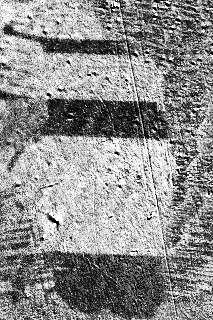
If the external magnetic field is increased further, the magnetic material will become magnetically saturated, all the domains will align and therefore join (if there are no defects or stresses in the crystalline lattice of the magnetic material), creating one single domain. The magnet is then allowed to cool while still in the external field.
The alignment of the easy axes and the external field is done because coherent rotation is reversible... once the external field is removed, the magnetic moments can reorient to the easy axis direction of each particle of ferromagnetic powder... but if all the easy axis directions are in the same direction, and that direction is the same as the direction of the external field's magnetic moment, then no decoherence will take place, making for a stronger magnet.
"But if a magnet is made into a single domain by magnetically saturating it during the magnetization process, why does a Bloch Wall exist at the centerline of the magnet?", you may be asking. That's a very good question, one which isn't addressed in many places online, and is glossed over in most other places.
A Bloch Wall is a region where the predominant magnetic moment direction changes between two domains, therefore the magnetic domains within the Bloch region gradually cant their magnetic moment as a means of minimizing the exchange energy between those domains. A Bloch Wall is typically 100 to 150 atoms thick, rather than being only 2 atoms thick, because the exchange energy between the domains is lower when distributed over many electron spins.
The domain wall thickness is determined by the competing influences of the magnet's magnetoelastic crystallographic anisotropy which strives for: 1} magnetic moment alignment along the easy axis and 2} thinner or nonexistent walls (because magnetic moments pointed away from the easy axis, as would occur in a Bloch Wall, are higher energy due to magnetostriction); and the exchange interaction which strives for: 1} parallel magnetic moments and 2} thicker walls between non-aligned domains (because large angles between neighboring non-aligned spins, as would occur in a thin Bloch Wall, is energetically unfavorable for the exchange interaction).
So the question remains... if the easy axis is aligned with the predominant magnetic moment and the magnetic material is magnetically saturated in an external field during magnetization such that the magnetic crystallographic anisotropy requirement is satisfied to the point that the magnet is one giant domain, and therefore all magnetic moments are parallel and thus the exchange interaction requirement is satisfied, why then do we see a Bloch Wall at the centerline of the magnet?
Obviously there's a change in the predominant magnetic moment direction at the magnet's centerline, despite the fact that the magnet was saturated to the point of becoming a single domain. The very existence of the Bloch Wall at the centerline of the magnet proves this!
Why does this happen?
To explain this, we have to dive into electronic band structure and the Stoner Model of Ferromagnetism. I arrived at the same conclusions as the Stoner Model without benefit of knowing about it, but since it mirrors what I've learned, we'll stick with its precepts.
In solid-state physics, the electronic band structure of a solid describes the range of energies (energy bands) that an electron within the solid may have and ranges of energy (band gaps) that it may not have. Electron bands can spontaneously split into up and down spins. This happens if the relative gain in exchange interaction (the interaction of electrons via the Pauli exclusion principle) is larger than the loss in electron kinetic energy.
The Stoner Model and Fermi–Dirac Statistics explain electron spin-spin interaction within a permanent magnet, and why the magnet develops a Bloch Wall. Locally, the valence electrons align the non-conductance electrons of neighboring atoms. The non-conductance electrons of one atome have, for instance, spin-up, which forces the conductance (valence) electrons into spin-down, which forces neighboring non-conductance electrons into spin-up, thereby aligning the electron spin directions and thus the magnetic moments. This is how magnetic domains grow.
Hund's Rules (specifically Rule 1) state that the first few electrons in a partially-filled shell tend to have the same spin, thereby increasing the total dipole moment, and that therefore the spin states of those electrons are affected together... so if one flips, they all flip. The energy gain that motivates Hund’s Rule #1 is that the Pauli exclusion principle keeps electrons with the same spin further apart on average, thereby lowering the Coulomb repulsion (atomic exchange energy) between them.
The Pauli exclusion principle states that two electrons with the same spin cannot occupy the same space at the same time. Therefore when the orbitals of the valence electrons from adjacent atoms overlap, the distributions of their electric charge in space are farther apart when the electrons have parallel spins than when they have opposite spins. Thus they have the same spin direction and spread out more to minimize their atomic exchange energy.
Once the ferromagnetic material has its domains aligned in a magnetizer (during which, the energy added by the external magnetic field allows the magnetoelastic crystallographic anisotropy to "win out" temporarily, creating a single large domain), the exchange interaction splits the energy of states with different spins (exchange splitting), and states near the Fermi level (a hypothetical electrochemical potential of an electron (which we simplify to voltage), such that at thermodynamic equilibrium this energy level would have a 50% probability of being occupied at any given time) are spin-polarized (band formation and hybridization) simply because the magnetic material has insufficient magnetic hardness to prevent the electrons flipping their spin direction (and thus their magnetic moments).
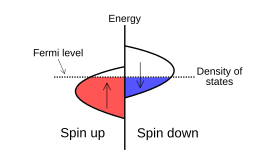
So while the magnetoelastic crystallographic anisotropy prevails during magnetization (for materials which have their easy axes aligned prior to sintering), the exchange interaction will not be denied its due, and will flip some electron spins to minimize the magnet's internal energy.
The whole process of domain flipping starts because of the H (stray or demagnetizing) field... although during magnetization the magnet may be a single domain, the stray field sets up surface currents which create stray magnetization which begins subdividing the surface into magnetic domains, which propagate in three dimensions through the magnet, meeting at the midline of the magnet, where the Bloch Wall is formed.
Thus, approximately half the electron spins (and thus approximately half the domains) flip 180 degrees. These domains are interspersed throughout the magnet. It is hypothesized that the domains of the two predominant magnetic moment directions 'twist' through the body of the magnet (forming vortices and antivortices), thereby avoiding opposing domains while allowing virtual photon flux a route through the magnet. ETH Zurich have used X-ray vector nanotomography (circular polarized hard x-rays) and showed that there is preferential absorption of certain light polarizations, which manifests as a change in the diffraction pattern of the light, which allowed them to view the magnetic field:
https://www.nature.com/articles/nature23006
https://phys.org/news/2017-07-first-time-d-imaging-internal-magnetic.html


"We imaged the structure of the magnetization within a soft magnetic pillar of diameter 5 micrometers with a spatial resolution of 100 nanometers and, within the bulk, observed a complex magnetic configuration that consists of vortices and antivortices that form cross-tie walls and vortex walls along intersecting planes."
The cumulative effects of the two resulting predominant magnetic moment directions meet and cancel at the midline of the magnet, which is what we call the Bloch Wall (although the walls between all the domains in the magnet are typically Bloch Walls, as well, unless the material is so thin that the magnetic moments cannot flip out of plane, whereupon they form Neel walls, with the magnetic moments rotated in-plane). The domains at the magnet's midline (Bloch Wall) are canted (angularly displaced) in different directions (typically 90 or 180 degrees out of plane over 100 to 150 atom widths) to minimize the energy of the magnet, just as the domains in the rest of the magnet are oppositely-aligned for the same reason. The difference is that there is nothing at the Bloch Wall region to force the domains into diametrically-opposed magnetic moments (there is no force exterior to the magnet acting upon those domains). For this reason, the Bloch Wall of a magnet can be considered to be 'unmagnetized'. This also implies that the Bloch Wall at the midline of a magnet is a surface phenomenon, likely not extending more than a few hundred atoms in depth.




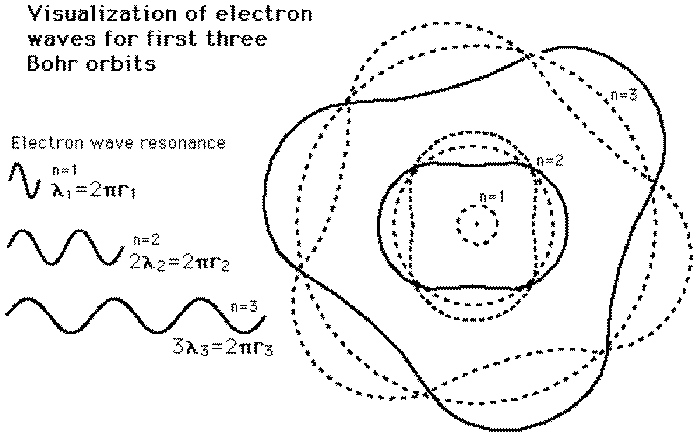













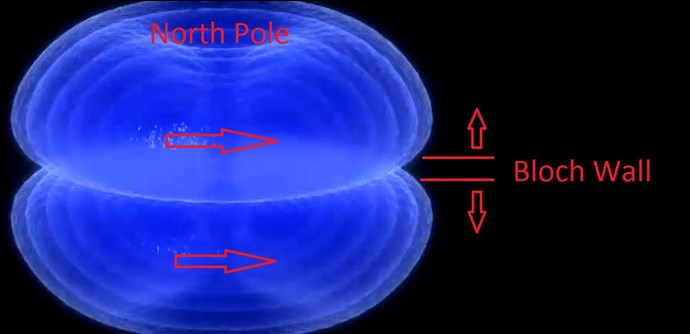
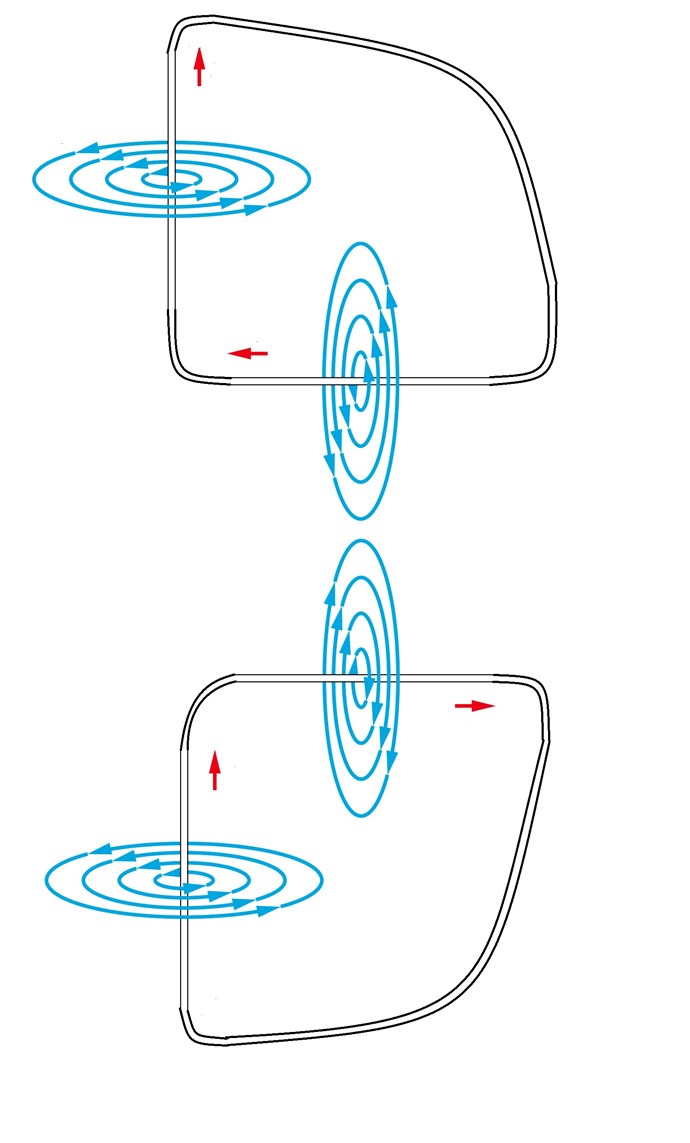



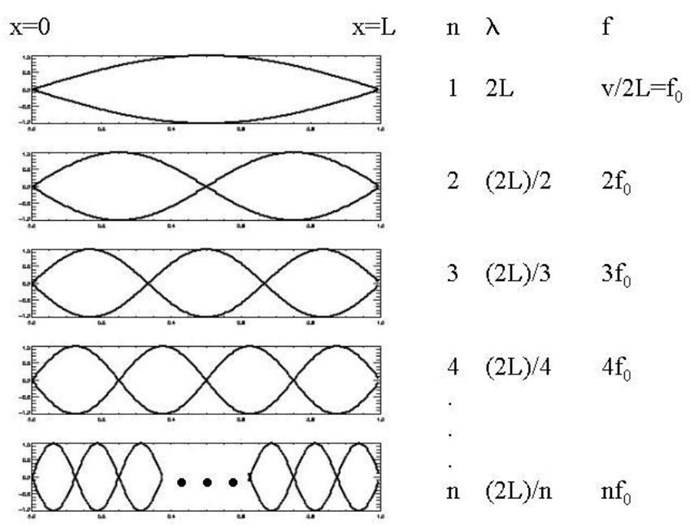
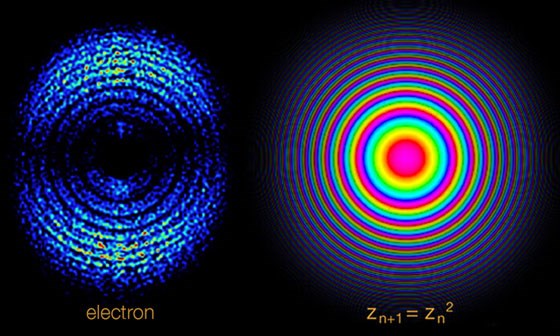


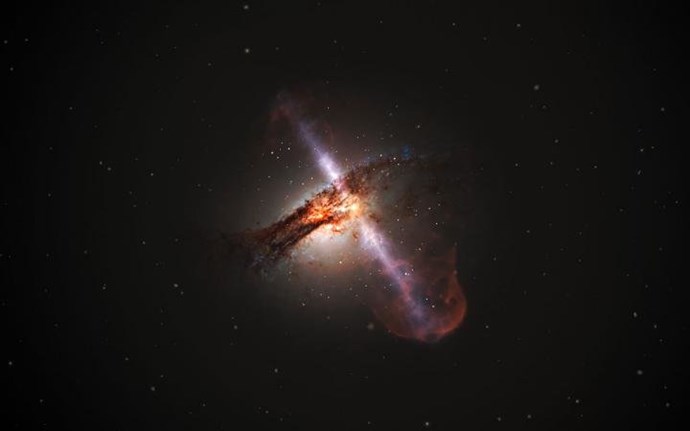
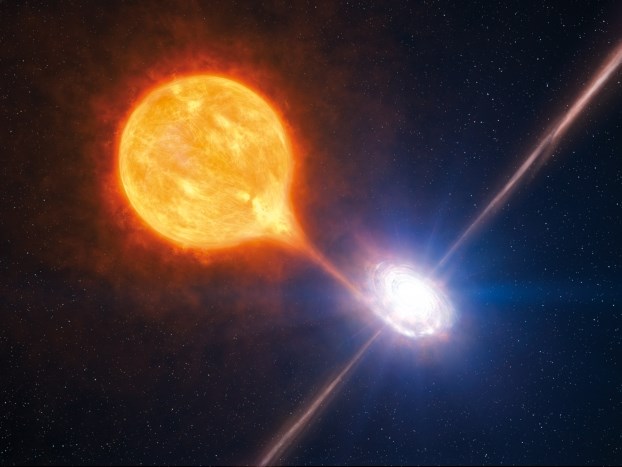

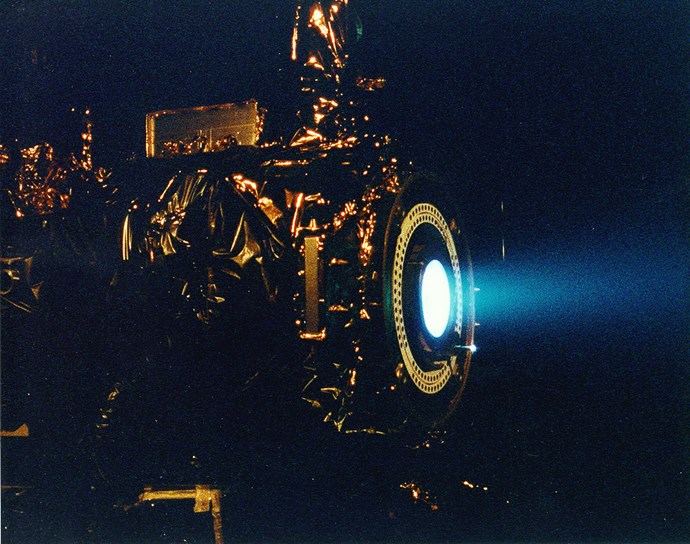
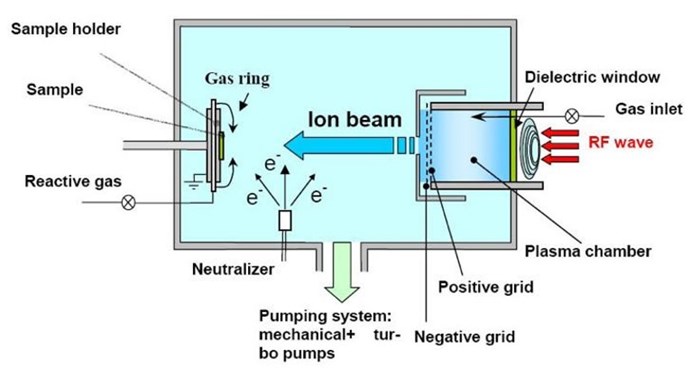
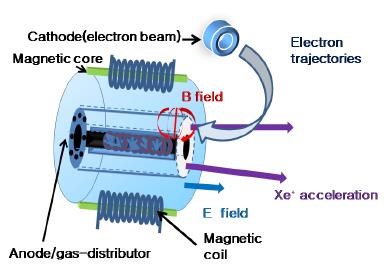
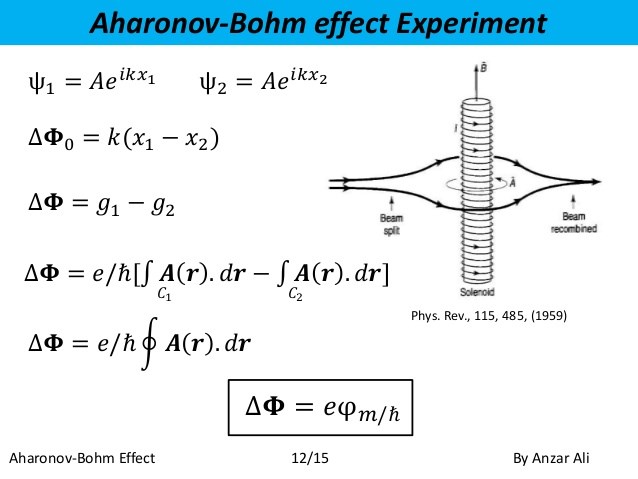


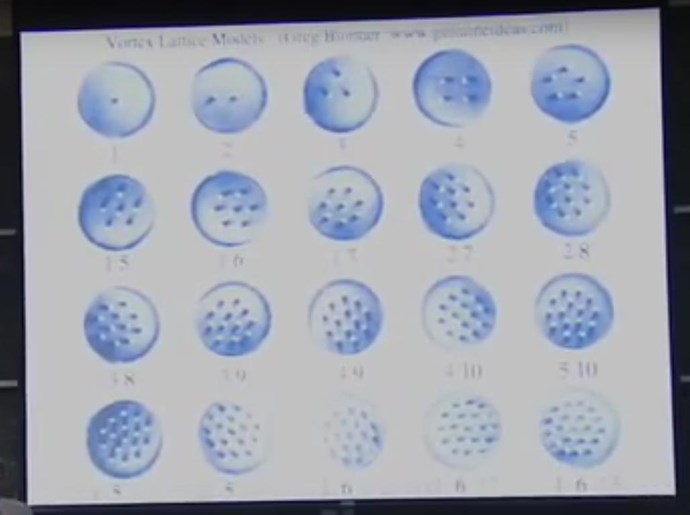

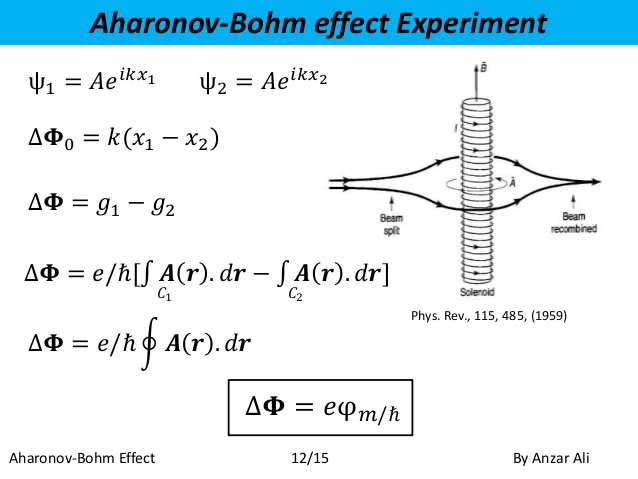




---open-tesla-research.jpg?width=20&crop=0,0,20,20)

